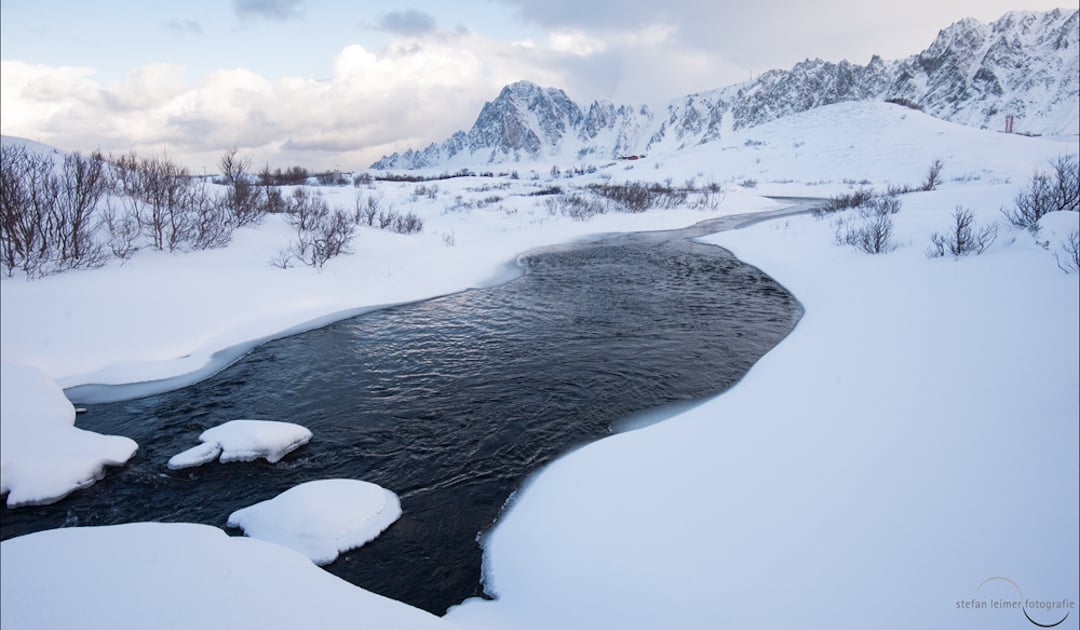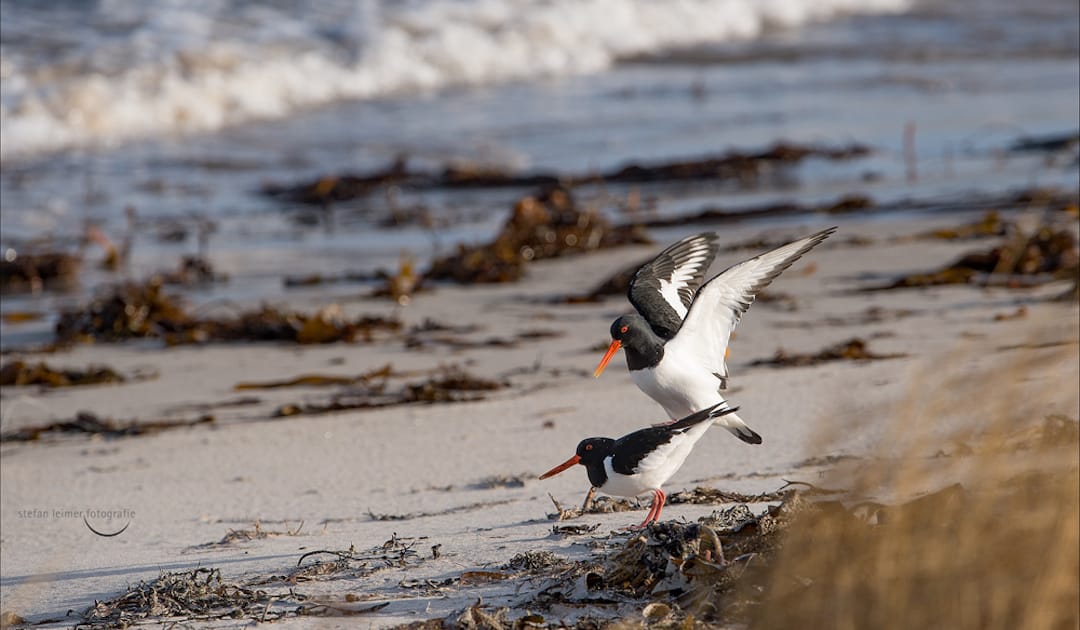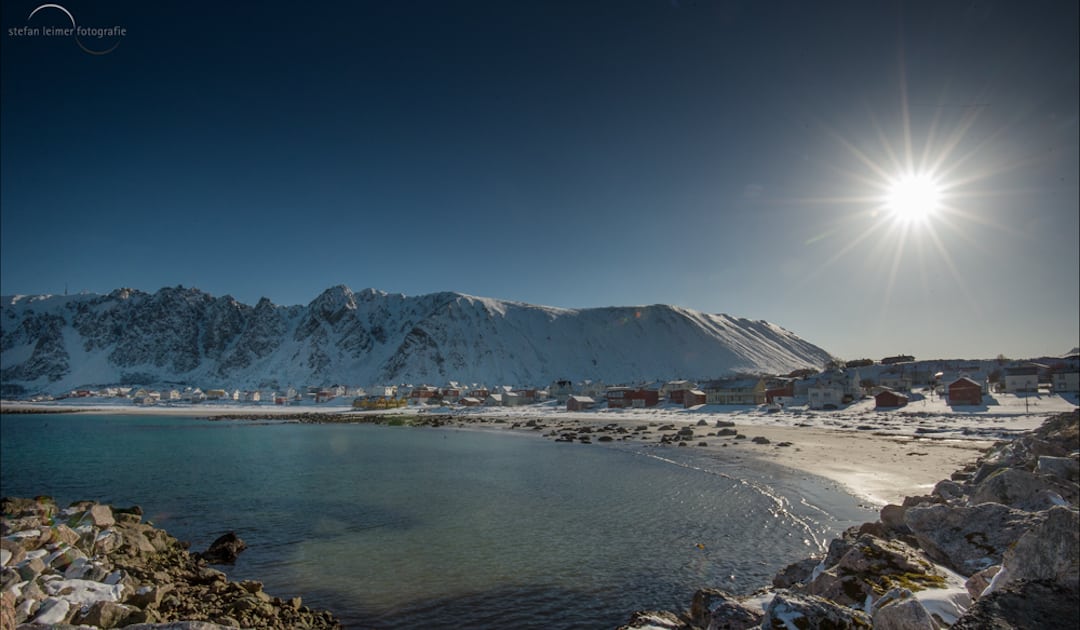
Abandoned animals are not only a problem in the mid-latitudes. Even in the far north, exotics are often found, intentionally or unintentionally, in a habitat foreign to their species and settle there if they are adaptable enough. And in northern Norway, the home of our guest author Stefan Leimer, a special species has settled in, but is slow to get moving because of the tentative start to spring: marsh or Indian crocodiles.
“One swallow does not make a spring…” Neither does an oystercatcher. Even though the waders arrived punctually in mid-March on Vesteralen, symbolising the beginning of spring on the island. However, spring is showing itself very timidly. Especially the nights are still so cold that the standing waters freeze over again and again.

This causes particular problems for the crocodiles, which, despite all predictions, have been surviving on Andøya for several years. The climate is not very cold thanks to the Gulf Stream and the waters are known for their abundance of fish and birds. After the winter rigidity they have retreated into the ponds in the last few days. Marsh crocodiles are originally from India and Sri Lanka. The reptiles are thought to have escaped from a private holding near Nordmela on the east coast of Andøya a few years ago. All attempts to decimate the animals by shooting have failed so far. The attempt to eradicate the reptiles by poisoned bait had to be abandoned. Local conservation organizations had complained that too many predators or birds of prey were dying from the poisoned baits.

Like all reptiles, crocodiles are cold-blooded animals that adapt to the ambient temperature. Since the air is often colder than the water except at present, the reptiles spend a large part of their time in the water. However, the waters in which they prefer to stay are again covered by a layer of ice and so you have no choice but to persevere. They use their snouts to keep a small opening in the ice free for breathing. Compared to warm-blooded animals, crocodiles have a much lower energy metabolism. Mammals convert up to 80 percent of their food into energy to maintain their high body temperature, which averages 37 degrees Celsius. Crocodiles need only ten percent of the food for this. In addition, they can survive for weeks and months without food. Crocodiles are thus pronounced hunger-artists.

It is not known how many marsh crocodiles live in the bogs of Andøya. Experts, however, expect just under a dozen animals (2019). There is no danger for humans, because the reptiles live in an impassable area. In 2015, however, there was reportedly an incident when a German tourist was surprised by a crocodile while picking cloudberries. However, the 34-year-old woman escaped with her scare. Already for 2020 it was planned to offer guided excursions for tourists. But because of Corona and the lack of tourists, the plans had to be postponed. First official excursions are now planned for July-August, when the Norwegians prefer to be on summer vacation.





